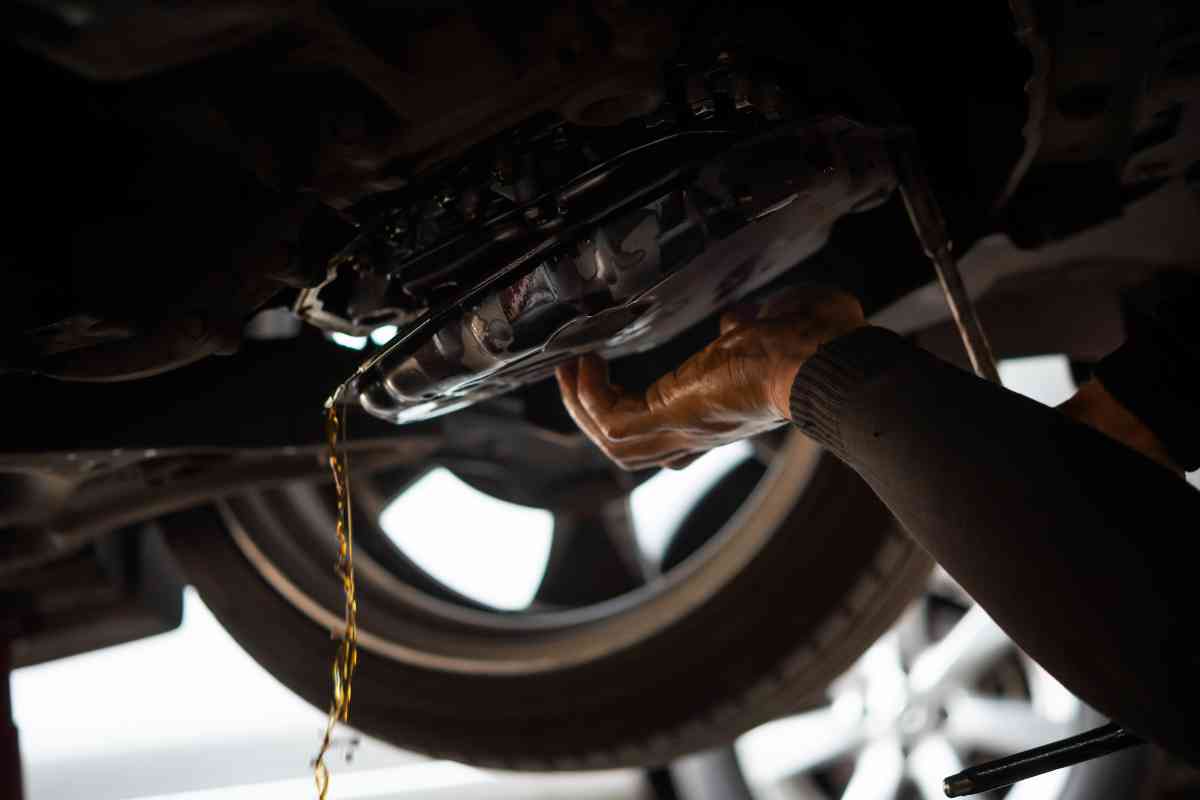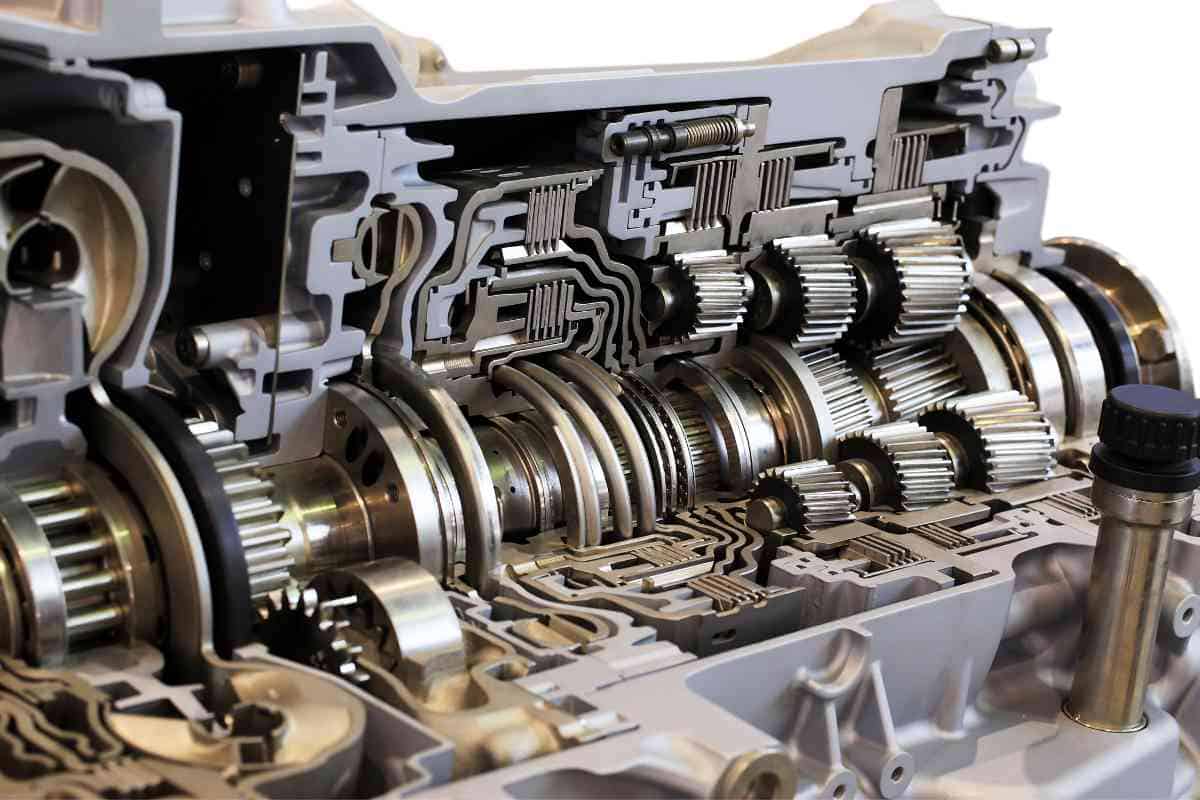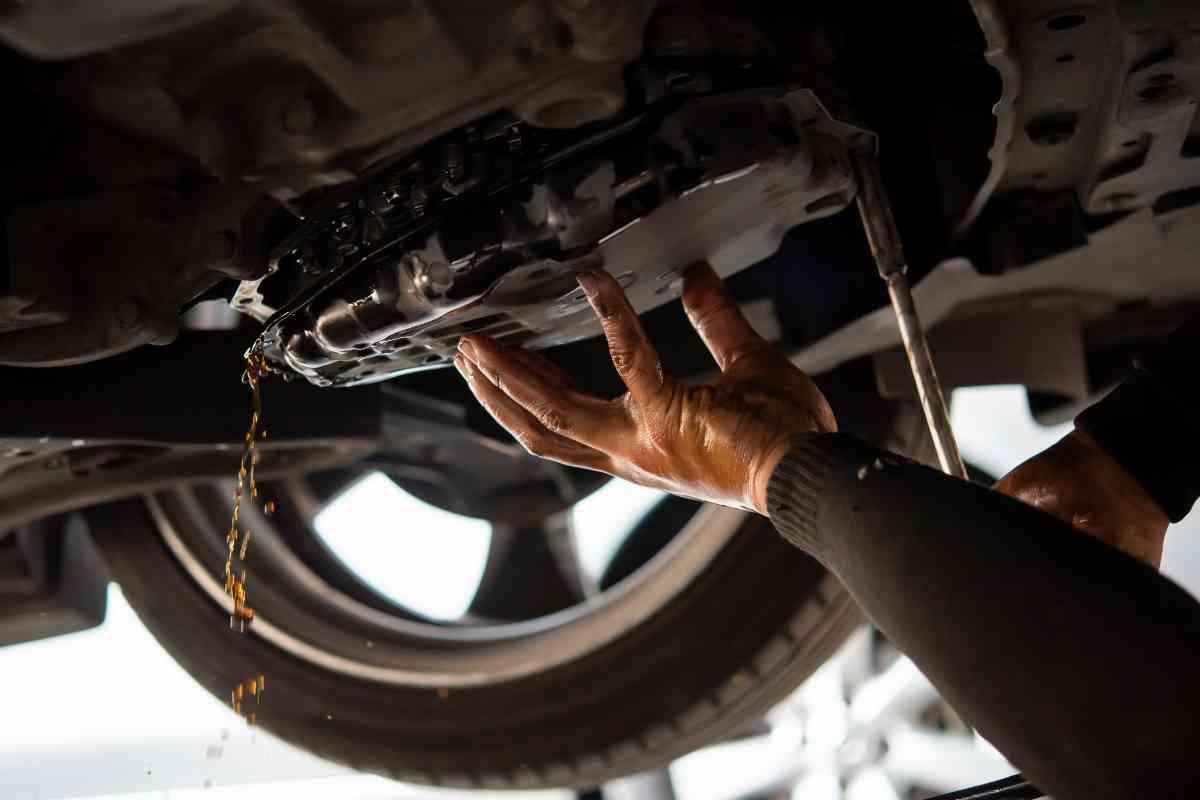How Long Does A Sealed Transmission Last? Answered & Explained
Unlike regular transmissions, sealed transmissions are enclosed, which adds to their longevity. But how long do they last?

How long does a sealed transmission last?
A sealed transmission can easily last for 150,000 miles or even more. First of all, they don’t release any bad fluid. As a result, their components continue to work longer than those in regular transmissions.
We have been working on vehicles for a long time. We know sealed transmissions well enough, and how long they can last. In the upcoming paragraphs, we will talk not only about the lifespan of a sealed transmission, but we will also discuss ways to make them last longer.
What Is the Lifespan of a Sealed Transmission?

A sealed transmission lasts anywhere between 150,000 to 200,000 miles. There are two factors affecting how long your sealed transmission can last.
The first factor is maintenance, and second factor is how you drive.
Let’s suppose you drive aggressively with a heavy foot. You might even be changing gears too quickly. If such is the case, you may find yourself in the market shopping for a new sealed transmission.
Similarly, if you don’t pay too much attention to your car’s maintenance, you may end up shortening the lifespan of your sealed transmission.
On the flipside, if you are a calm driver that doesn’t believe in abusing the clutch too much, you can expect your sealed transmission to last longer.
It is worth mentioning that you should follow the manufacturer’s instructions, especially when it comes to changing the fluid and the filter.
Manual or Automatic: Which Sealed Transmission Lasts Longer?

We get this question all the time, and the answers may seem surprising. It is a common misconception that manual transmissions last longer than their manual counterparts.
While it may be partially true, the reality is that they both have their pros and cons.
One of the primary reasons why a manual transmission tends to last longer is that they don’t have a lot of moving components, unlike automatic transmissions.
As a result, their are fewer parts that may break down or wear off with time. However, a common cost associated with most manual transmission is clutch replacement, which doesn’t come cheap.
On the flipside, an automatic transmission doesn’t need clutch replacements. However, they do have electric solenoids and hydraulic circuits which can wear out with time, so take heed.
Whether it is a manual transmission or an automatic one, your job as a car owner is to ensure timely maintenance, according to the manufacturer’s instructions.
How to Elongate the Lifespan of a Sealed Transmission
Service the Transmission Regularly
To elongate the lifespan of your sealed transmission, it is important to have it serviced after every 1.5 years, or after every 20,000 miles, whichever comes first.
If your car is still new, the transmission should be flushed every two years or 40,000 miles. It is important to replace old fluid with new fluid.
As far as the gearbox or the clutch fluid are concerned, they should be changed every 30,000 to 40,000 miles.
By doing so, you will lubricate the system, thus making it function properly.
Check the Transmission Fluid
In the absence of right fluid levels, the inner components of your sealed transmission tend to heat up leading to further damage.
Therefore, it is important to check fluid levels every few weeks. Moreover, you must check the clutch reservoir, especially if you have a manual transmission.
Lastly, you must check the transmission oil at least once or twice a year, to make sure it is in good condition.

Get a Transmission Cooler
The moving parts in your transmission system affect the electric components, the metal surfaces, as well as the seals.
We see every day how roads are salted to prevent freezing. The downside of driving on salted roads is that they increase the amount of corrosion.
However, a transmission cooler comes in handy, when you are trying to prevent this corrosion.
Besides decreasing the temperature, a transmission cooler also minimizes the amount of wear and tear.
These coolers are easy to install, and the good news is that it doesn’t even need special skills to install them.
Check Your Driving Habits
It is perfectly natural to drive aggressively when you have an urgent appointment, and you are running late. Aggressive driving increases the amount of heat in your sealed transmission.
As a result, long-term damage can occur, which shortens the lifespan of your sealed transmission.
Go easy on the gas pedal and give yourself some extra bit of time, when trying to reach your destination. By doing so, you will minimize the amount of pressure exerted on your transmission, thus helping is run smoothly for years.
Factors Affecting the Lifespan of a Sealed Transmission
Driving With a Cold Transmission
It is very tempting to jump into your car, and drive away as quickly as possible, especially when it’s cold outside. But it is not the best thing to do.
It is worth remembering that cold fluid is thicker, and if you drive with a colder transmission, friction damage can occur pretty easily.
Before hitting the pedal, allow the car and all of its components to warm up, after turning the ignition on. By doing so, you will elongate the lifespan of your sealed transmission.
Shifting Gears As You Drive
This is one of the most common mistakes that drivers make. Shifting gears while driving affects the clutch, the CV joints and the gear. Therefore, it is very important to let your car come to a stop before changing gears.
If you change gears of the car is moving, you put extra stress on your transmission components, which shrinks the lifespan of your transmission.
Furthermore, changing gears while driving can result in misaligned gears. When shifting gears while driving, you get a jarring sensation so take heed.
Key Takeaways
- Sealed transmissions last anywhere between 150,000 and 200,000 miles.
- In order to keep your sealed transmission in good condition, replace the transmission fluid, service the transmission, and also invest in a transmission cooler.
- Try your best not to drive aggressively, or with a cold transmission.
